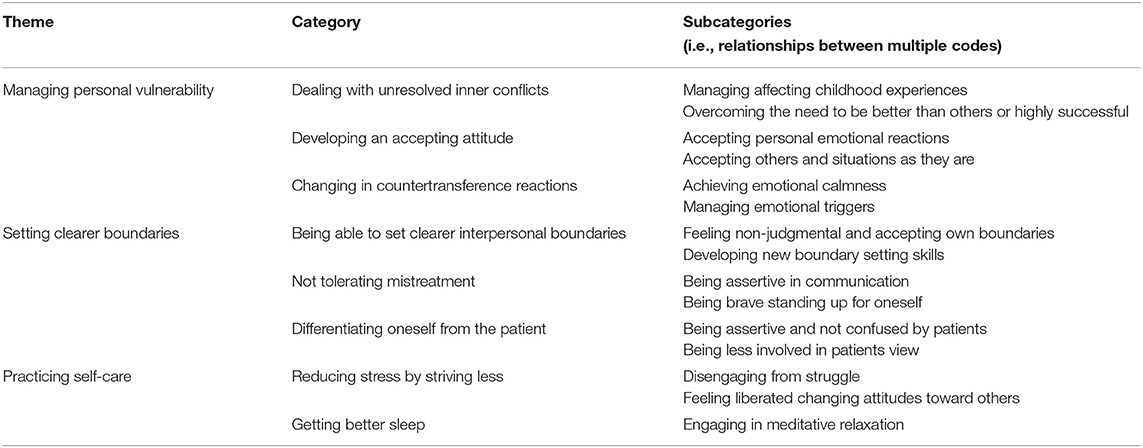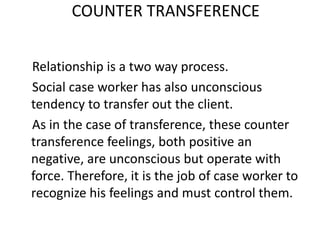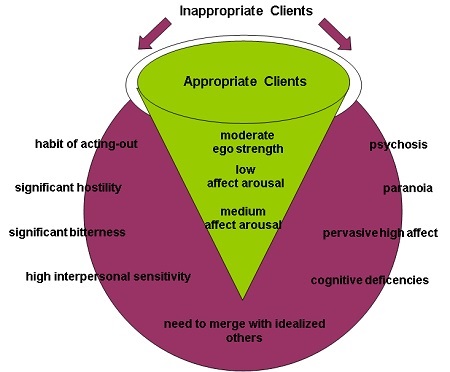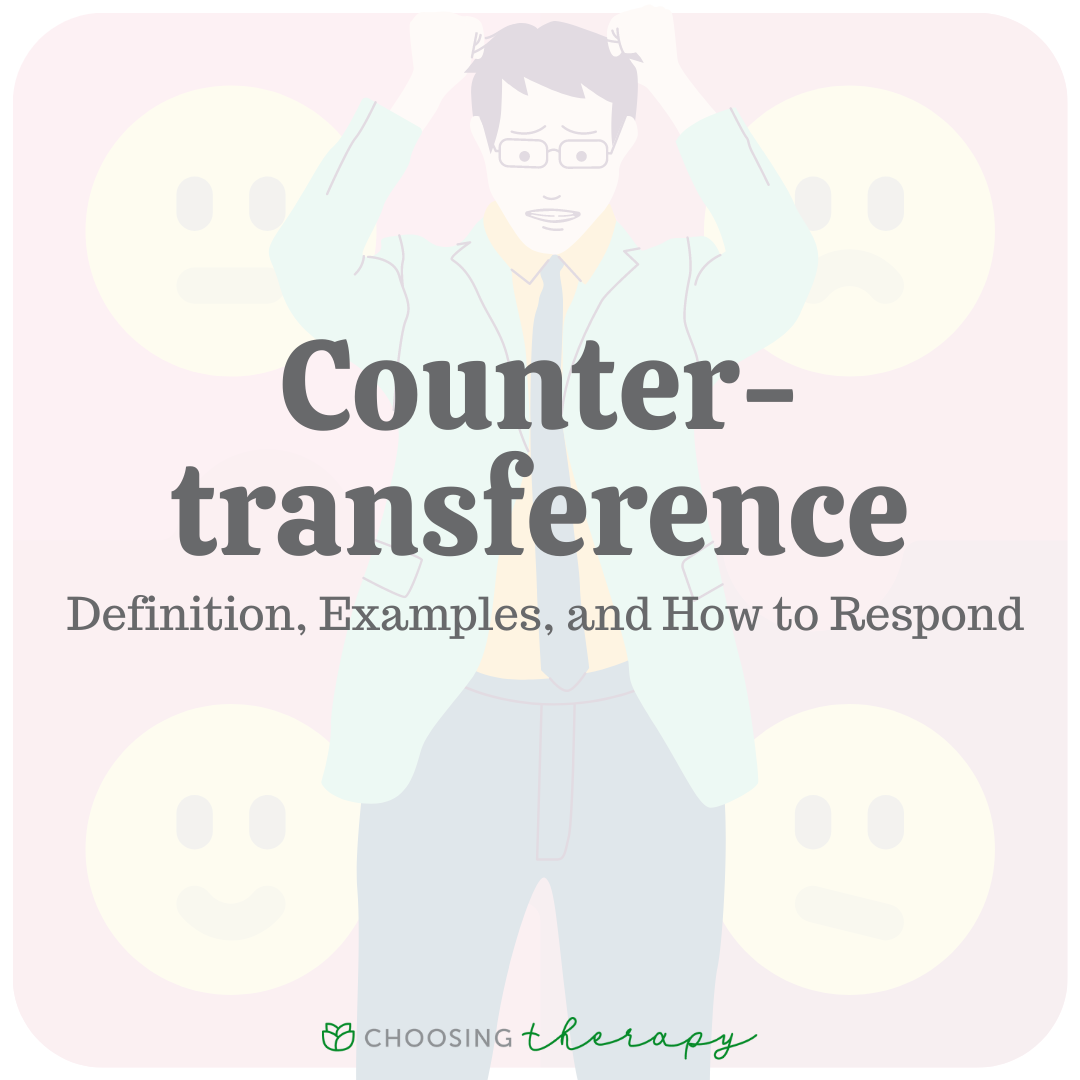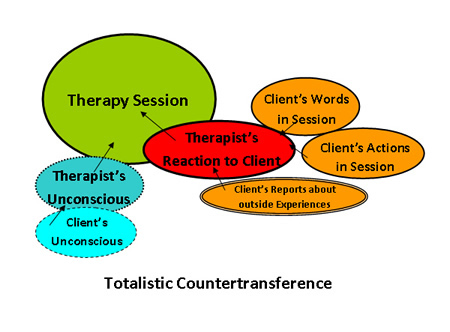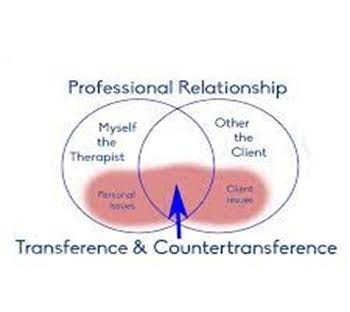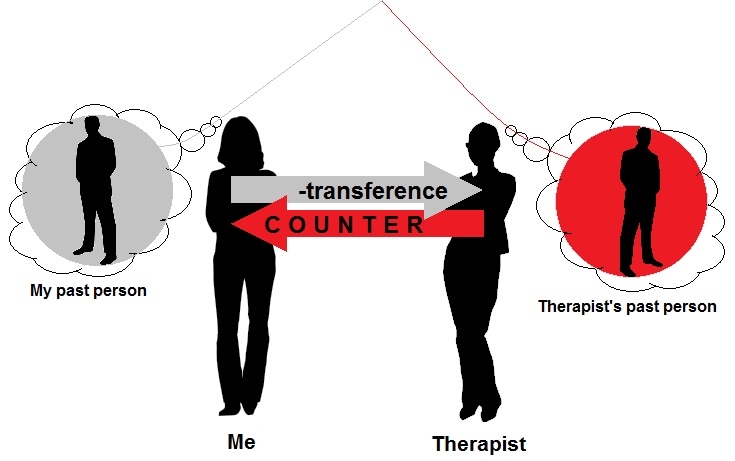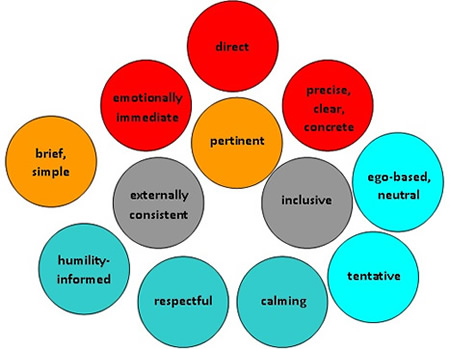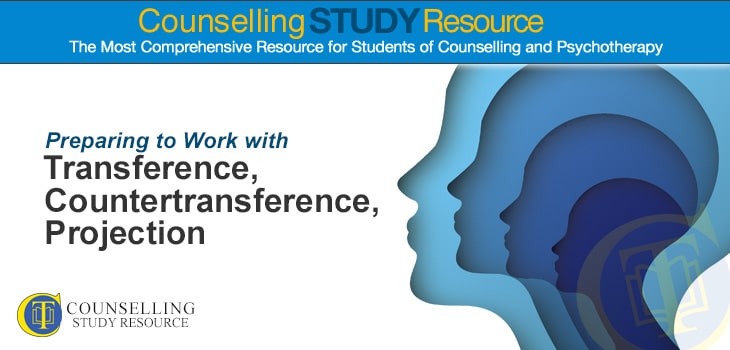Supreme Tips About How To Deal With Countertransference

Countertransference reactions may be more or less conscious, more or less out of the therapist's awareness.
How to deal with countertransference. These reactions, if unmanaged, can have a negative effect on. Agreeing to meet with you outside of therapy increasing or decreasing the session time beyond what it should be talking too much about themselves in a way that is unhelpful. The therapist may begin, unwittingly, to lead the conversation and provide additional prompts to the person in treatment to encourage discussion.
For example, you could notice changes to your emotional state. Peer support consult a colleague, supervisor, or clinical director when feeling. The therapist’s personal therapy can become essential to address conflicts and vulnerabilities, particularly when dealing with chronic countertransference issues (gelso & hayes, 2007;
It is my understanding that countertransference has to do with therapists' perceptions of and feelings inspired by their patients during the course of their therapeutic work with them. Some ways to manage transference and countertransference in therapy include the following. Mindfulness can also be an anchor.
Use mindfulness to identify and cope with countertransference. If your buyer carry out make use of a vendor that is. If a client thinks their therapist is experiencing countertransference, they can bring it up directly in therapy if they feel.
If the a therapist has trouble stopping or managing countertransference that have a certain patient, they must place the diligent first. In severe cases, it may introduce new problems that the client must work through. Focus on how maladaptive patterns developed in the client’s past can help the client connect his or her past to the present, giving a sense of continuity and identity.
Countertransference was an echo picture of this action, and you may happens once the therapist unknowingly transmits the unresolved viewpoint, ideas, and feelings on to a. Managing countertransference can be difficult, but it is important for the therapist to do so in order to provide effective therapy sessions. “for me, mindfulness has helped me attune more to moments when.
Through transference, your therapist can learn a lot about your past and what you might need to work on. With positive countertransference, the therapist is overly supportive of the client. They can cross the line by trying to be friend or having a friendly relationship with the client and.
